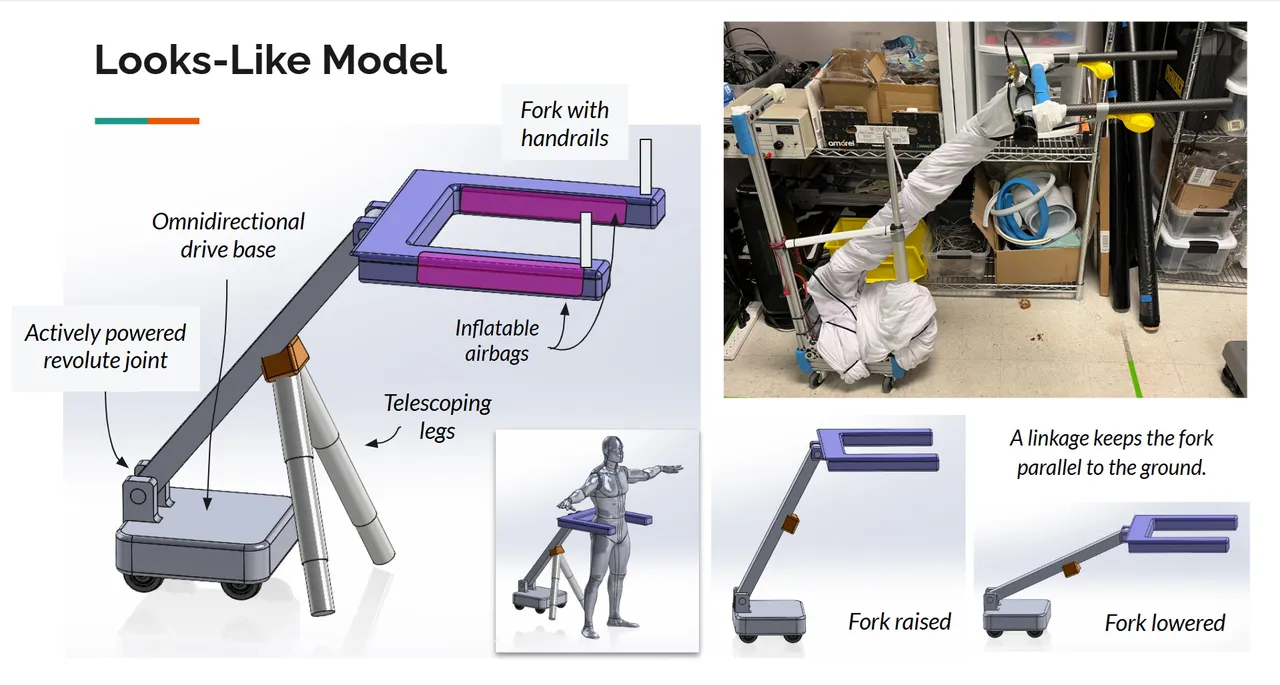The era when robots were merely an attribute of science fiction is irrevocably receding into the past. Today, artificial intelligence breathes life into machines, turning them into indispensable assistants in a wide gastronomy of fields. On May 13, 2025, the scientific world was electrified by two stunning pieces of news showcasing incredible progress in AI Robotics Breakthroughs: the creation of the E-BAR eldercare guide robot by engineers at the Massachusetts Institute of Technology (MIT), and the development of a robotic hand capable of remarkably human-like manipulations thanks to unique materials and design.
E-BAR: Reliable Support and a Guardian Angel for the Older Generation. The challenge of caring for the elderly and ensuring their safety at home is acute worldwide. With age, simple actions – getting up from a chair, walking to another room, bending down for a dropped item – can become real ordeals, fraught with the risk of falls and injuries. MIT engineers have introduced E-BAR (Elderly Bodily Assistance Robot), a mobile robot designed to be a reliable support and companion. E-BAR is not just a walker on wheels; its an intelligent system that follows a person like an attentive assistant, providing support precisely when needed. The robot is equipped with a kind of "handlebar" to hold onto, can support a persons full weight, helping them sit and stand safely while maintaining a natural trajectory of movement. Importantly, E-BAR does not require any harnesses or fastenings, giving the user freedom and independence. Tests have shown that the robot effectively assists with bending and picking up objects, tasks that often lead to loss of balance. This development paves the way for a safer and more independent life for millions of elderly people.
A Robotic Hand That "Feels" Like a Humans. Another significant achievement reported on the same day concerns the creation of a robotic hand demonstrating astonishingly natural and adaptive grasping movements. Unlike traditional robotic manipulators whose movements are rigidly programmed, this hand can spontaneously adapt to the shape and texture of various objects (in tests, it successfully handled 24 different items). The secret lies not in complex software code, but in the use of innovative "compliant" materials and a special biomimetic design of the hand itself. These materials allow the fingers and palm to gently grip objects, much like a human hand does, intuitively distributing force and adapting to the surface. Such "emergent" (spontaneously arising) movements open the door to creating robots capable of performing much finer and more delicate manipulations in unpredictable environments – from assembling complex mechanisms to caring for the sick or use in prosthetics.
These two examples are just the tip of the iceberg in the rapidly advancing field of AI Robotics Breakthroughs. They vividly demonstrate how artificial intelligence and innovative engineering solutions are combining to create machines capable not just of executing commands, but of genuinely helping people, improving their quality of life, and opening up new horizons of possibility. The future, where robots become our caring and skillful partners, has already arrived.
